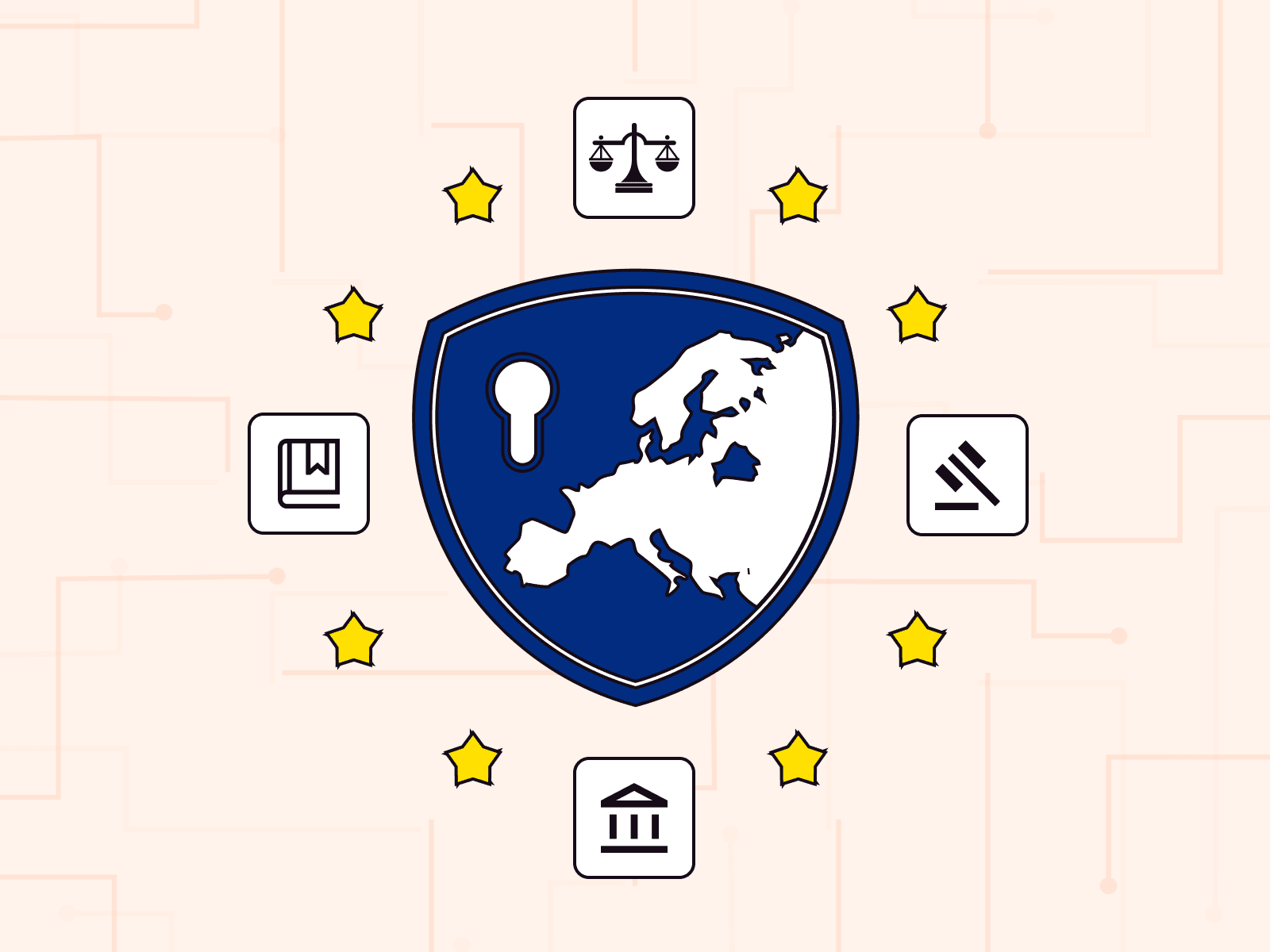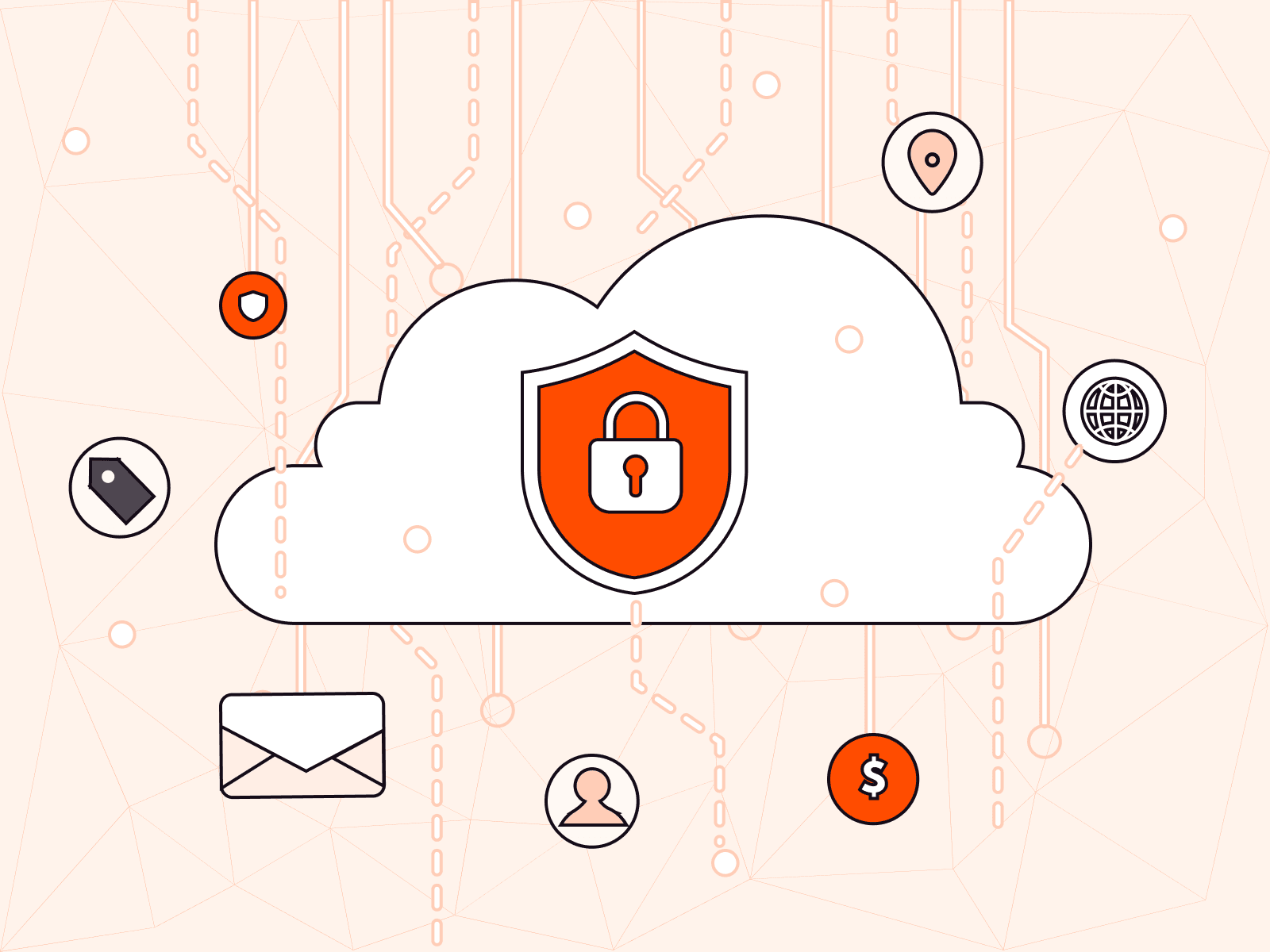Looking for a virtual server in Spain? Order it in Madrid
- July 26, 2019
- 1 min read


We launched the 21st location of our hosting infrastructure in Madrid, the city with a population of 3 million.
Virtual servers in Madrid from €3.25 per month
Leasing a virtual server in Madrid with a basic configuration (speed of 200 Mbps and unlimited traffic) will cost just €3.25 per month.
Advantages of our hosting in Madrid
Reliable data center
Virtual servers are installed in a certified Tier III data center located in Madrid.
Permanent free access to IPMI
We truly realize the importance of support in emergency situations. That is why we provide our customers with permanent free access to IPMI.
System crashed? No worries, you can always reinstall it on the fly remotely via IPMI.
Automatic installation of the operating system
When ordering any server from us, you will save tons of time on installing the operating system. Most Unix and Windows systems are installed automatically after the server is ordered. Moreover, you can provide your ISO image to install your preferred operating system.
Instant server activation
We have automated the purchasing process—the server is activated immediately after payment, so there is no delay.
24/7 technical support
Competent and responsive technical support will answer most technical questions in English or Chinese.
In case of emergency, we involve technical experts who promptly solve the problem.

Don’t miss out on the opportunity to lease the most optimal configurations of virtual servers in Madrid while they are still available.
Related articles
Subscribe to our newsletter
Get the latest industry trends, exclusive insights, and Gcore updates delivered straight to your inbox.








